Introduction
Hawthorns, scientifically known as Crataegus species, are a delightful and nutritious fruit that has been cherished for centuries across various cultures. These small, tangy-sweet berries are not only a delightful snack but also pack a punch of health benefits, including aiding digestion, boosting the immune system, and providing essential vitamins and minerals. However, enjoying the full potential of hawthorns hinges on selecting the freshest, highest-quality fruits. In this comprehensive guide, we will delve into the intricacies of how to select fresh hawthorns, ensuring you bring home the best batch possible.
Understanding Hawthorn Varieties

Before diving into selection criteria, it’s crucial to understand the diversity within the hawthorn family. There are numerous species and cultivars, each offering unique flavors, textures, and sizes. Common varieties include the English hawthorn (Crataegus laevigata), the American hawthorn (Crataegus mollis), and the Chinese hawthorn (Crataegus pinnatifida), among others. Each variety may have subtle differences in appearance, taste, and ripening times. Therefore, familiarity with the specific variety you’re seeking can enhance your selection process.
Seasonality and Availability
Hawthorns are seasonal fruits, typically ripening in the late summer to early autumn, depending on the climate and specific variety. In temperate regions, they can be found from August through November. Understanding the seasonal window for your area is vital as it ensures you’re shopping for hawthorns at their peak freshness.
Visual Inspection: The First Line of Defense
-
Color: One of the most straightforward indicators of ripeness in hawthorns is their color. While unripe hawthorns can range from green to a light yellow, ripe ones usually exhibit a deep, vibrant red or occasionally orange hue. Note that some varieties may have a mix of colors, so it’s essential to know what to expect for your specific type. Avoid fruits that are overly dark or have patches of mold or discoloration.
-
Skin Texture: Fresh hawthorns should have a smooth, slightly glossy skin without cracks, wrinkles, or soft spots. These imperfections can indicate that the fruit is overripe, damaged, or starting to decay. A firm touch should confirm the fruit’s structural integrity.
-
Shape and Size: Hawthorns can vary greatly in size and shape, from tiny, round berries to larger, oval fruits. Regardless of the variety, look for fruits that are uniformly shaped and free from deformities. Irregular shapes can sometimes suggest pests, diseases, or poor growing conditions.
Tactile Assessment: Feeling Your Way to Freshness
-
Firmness: Gently squeeze the hawthorn. It should feel firm but yield slightly to pressure, indicating ripeness. If it’s too hard, it might be unripe; too soft, and it’s likely overripe or starting to rot.
-
Weight: Heavier hawthorns are generally juicier and more flavorful. Lightweight fruits may have lost moisture, indicating they’re not as fresh.
Olfactory Clues: The Aroma of Freshness
While hawthorns don’t have an overpowering aroma, ripe ones should have a faint, pleasant, slightly sweet-tart scent. If a hawthorn smells musty, moldy, or has no scent at all, it’s best to avoid it.
Checking for Pests and Diseases
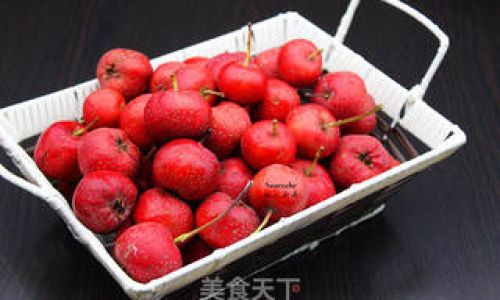
Inspect each hawthorn carefully for signs of pests, such as tiny holes or insects, and diseases like mold or rot. These can compromise the fruit’s quality and safety. If you notice any pests or diseases on one fruit, it’s prudent to inspect the entire batch thoroughly before making a purchase.
Source Considerations: Where to Buy Fresh Hawthorns
-
Farmers’ Markets: These are often the best places to find freshly picked, locally grown hawthorns. Farmers can provide insights into their cultivation practices and the fruit’s ripeness levels.
-
Orchards and U-Pick Farms: Visiting an orchard or a u-pick farm allows you to select your own hawthorns, ensuring they’re as fresh as possible. Plus, it’s a fun, educational experience!
-
Grocery Stores and Supermarkets: While these venues may not always offer the freshest options, they can be convenient. Look for stores with high turnover rates to increase the chances of finding recently harvested hawthorns.
-
Online Retailers: For those in areas where fresh hawthorns are scarce, online retailers may offer viable options. However, be mindful of shipping times and conditions to ensure the fruits arrive fresh.
Storage Tips: Keeping Your Hawthorns Fresh
Once you’ve selected the perfect hawthorns, proper storage is key to maintaining their freshness. Store them in a cool, dark place, ideally between 32°F to 40°F (0°C to 4°C), and consume within a few days for maximum enjoyment. If you plan to keep them longer, consider refrigerating them in an airtight container or freezing them for later use.
Conclusion
Selecting fresh hawthorns is an art that combines knowledge of the fruit’s characteristics, attention to detail, and a bit of intuition. By understanding the seasonality, visually inspecting for color, texture, and shape, assessing firmness and weight,嗅闻香气, checking for pests and diseases, and choosing reputable sources, you can ensure you bring home the freshest, most delicious hawthorns. Remember, the effort you put into selection will be rewarded with a burst of flavor and a multitude of health benefits. So, the next time you’re in the market for these delightful fruits, apply these tips and enjoy the sweet-tart taste of freshness!
This guide covers all aspects of selecting fresh hawthorns, from understanding the different varieties and their seasonal availability to visual, tactile, and olfactory assessments, as well as considerations for sourcing and storage. By following these detailed steps, you can confidently choose the best hawthorns for your enjoyment.
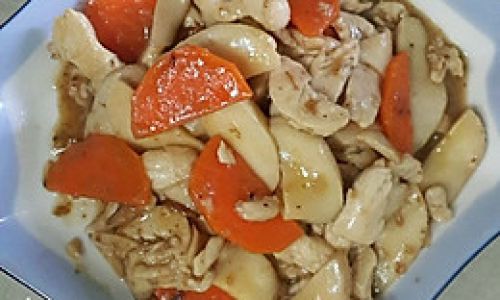

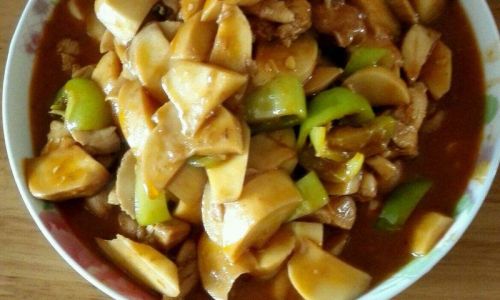
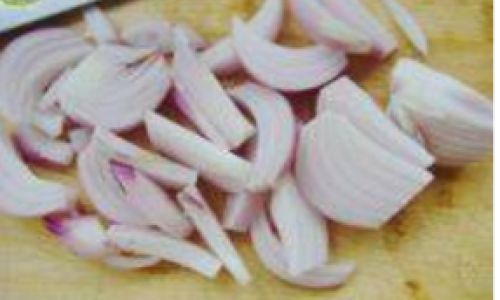
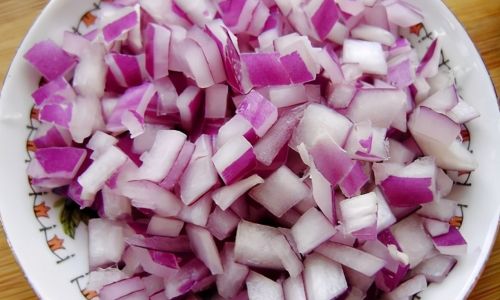
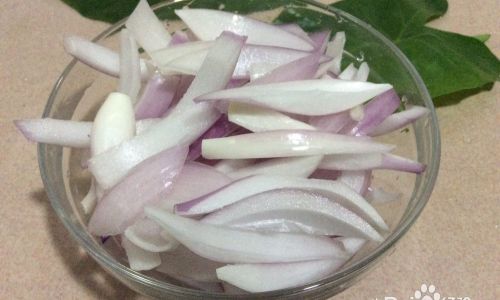
0 comments